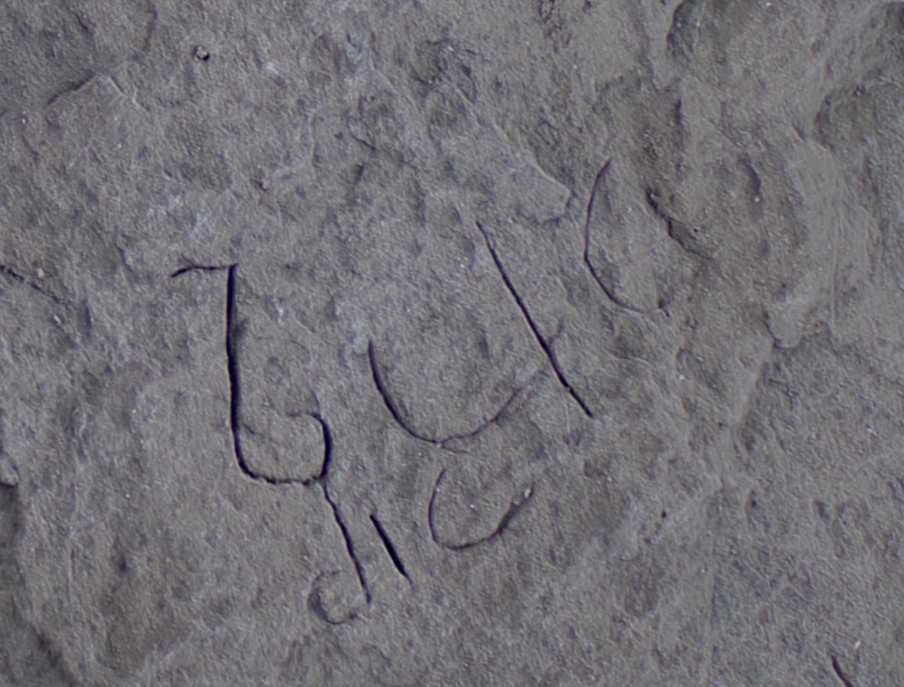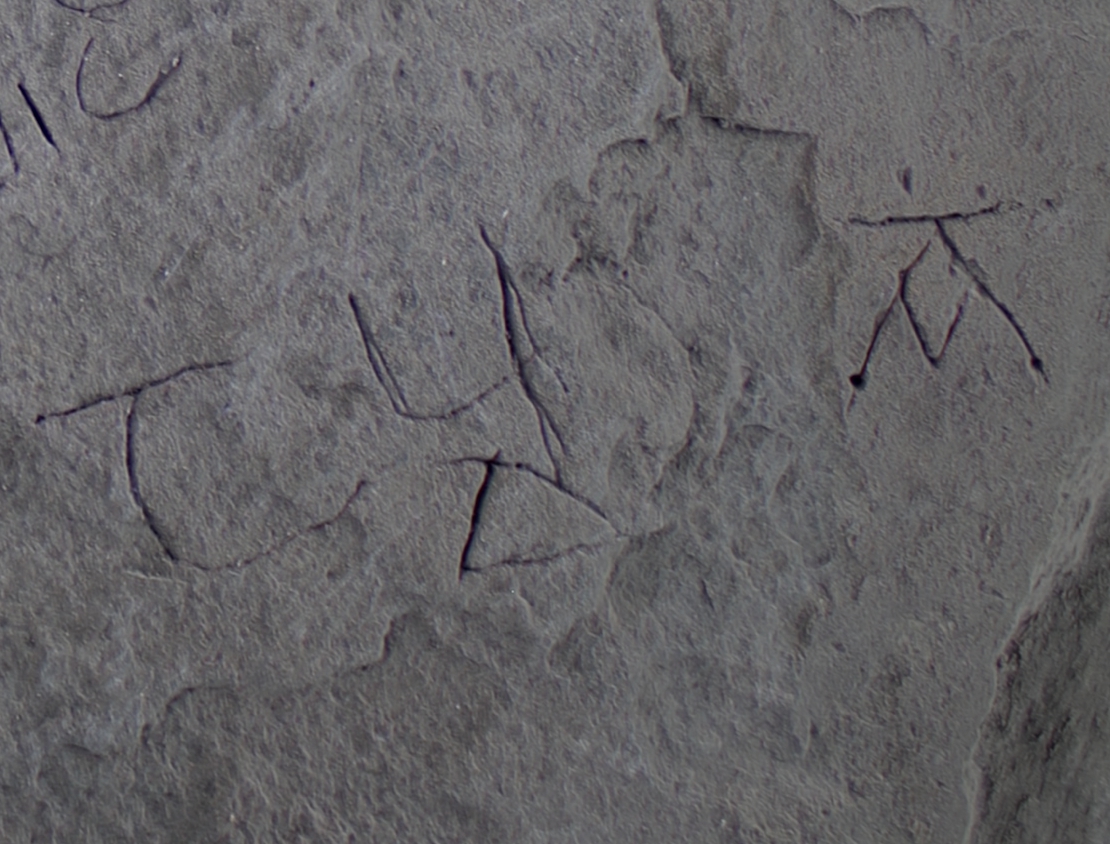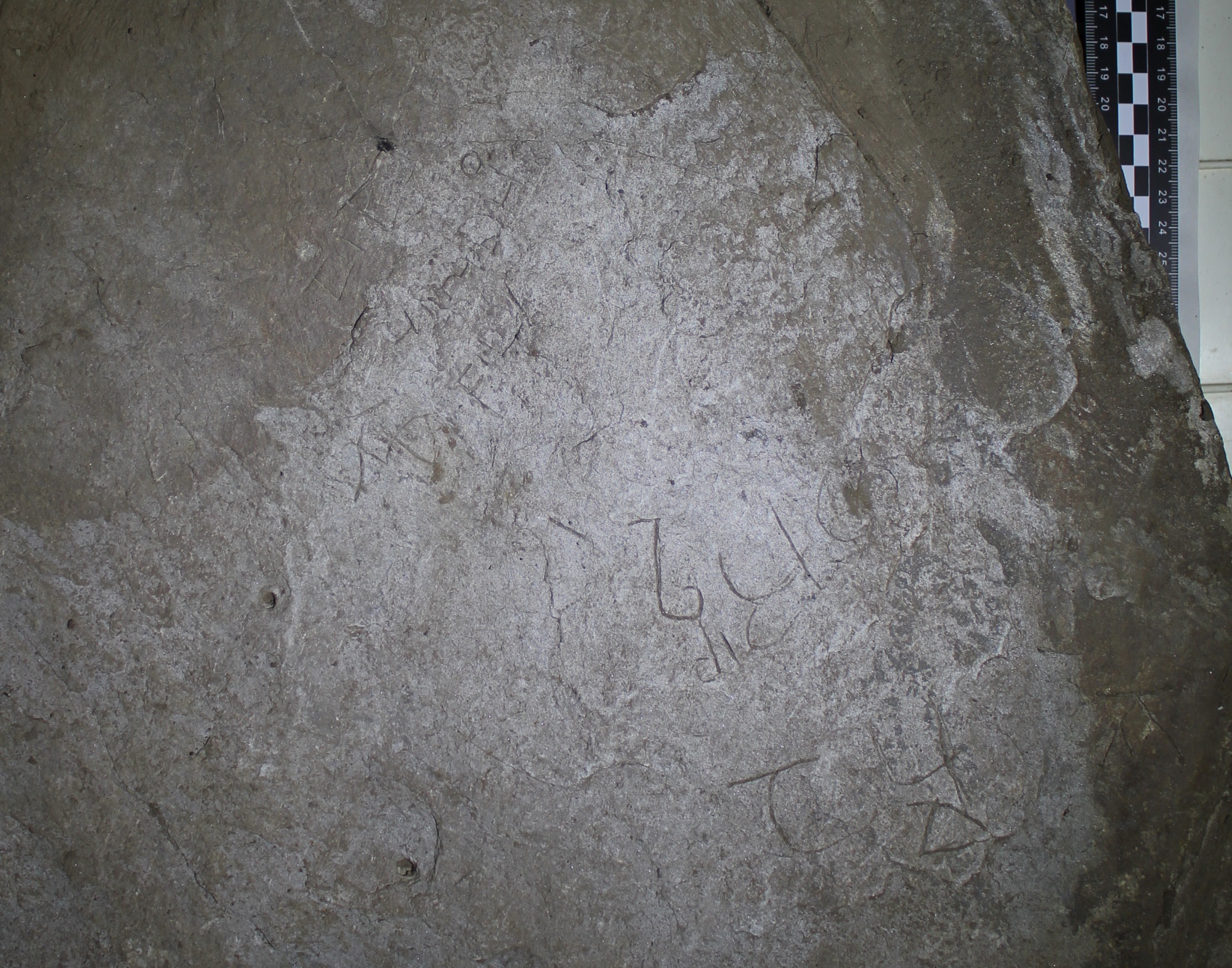English Heritage have just announced the important and rare discovery of an early medieval stone inscribed with writing, dating from the 7th century. As a specialist in digital enhancement of archaeological material, I was called in by Cornwall Archaeological Unit (who discovered the stone in the summer of 2017) to help produce the clearest possible images of the inscriptions.
Much of the writing is very faint, and so rather than the usual technique of using 3D capture (close range laser scanning or photogrammetry), I opted to use Reflectance Transformation Imaging (RTI) to obtain our best chance of reading all of the letters.
The results were fantastic, and I was lucky enough to be perhaps the first to read some personal names from 1,300 years ago, as I processed the data from my home office.

There have been many calls via Twitter to see more of the enhanced images, so here they are (released under a Creative Commons attribution non-commercial license) with thanks to Professor Michelle Brown and Dr Oliver Padel who conducted the interpretation and final transcription.
Enhanced inscriptions
RTI allows direction-aware filters to be applied to images allowing for enhancement of very fine surface features. Here, the letters show clearly as we can digitally ‘fill’ any crevices in the surface.

2. UI·RI·DUO (O superscript above the second U)
3. A… FILI

5. DIC

7. Δ A
There’s a great article on the Guardian which describes the Tintagel excavations and the significance of the discovery in more detail.
Please contact me to find out if you would like to find out more about my imaging, 3D scanning and enhancement services.

